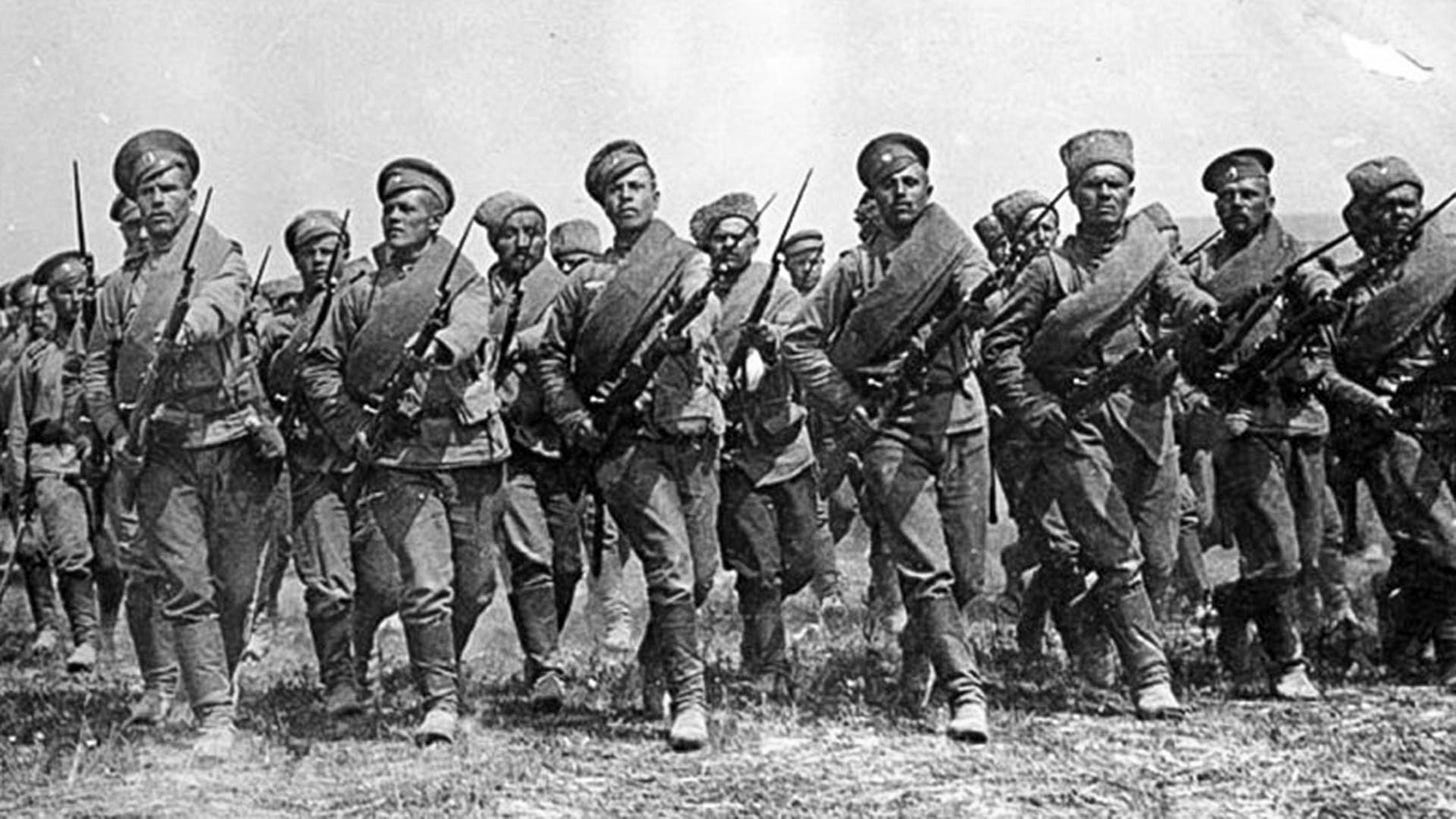On Human Waves And Mobilization Waves
And what Vladimir Putin Wants
The bulge in the “control lines” around Soledar is smaller than the range of any substantial artillery weapon and enfiladed by fire from three directions. To attack outwards from Soledar in any direction requires going uphill.
No hiding places are left in the town. Russians huddle in buildings shattered by month…



